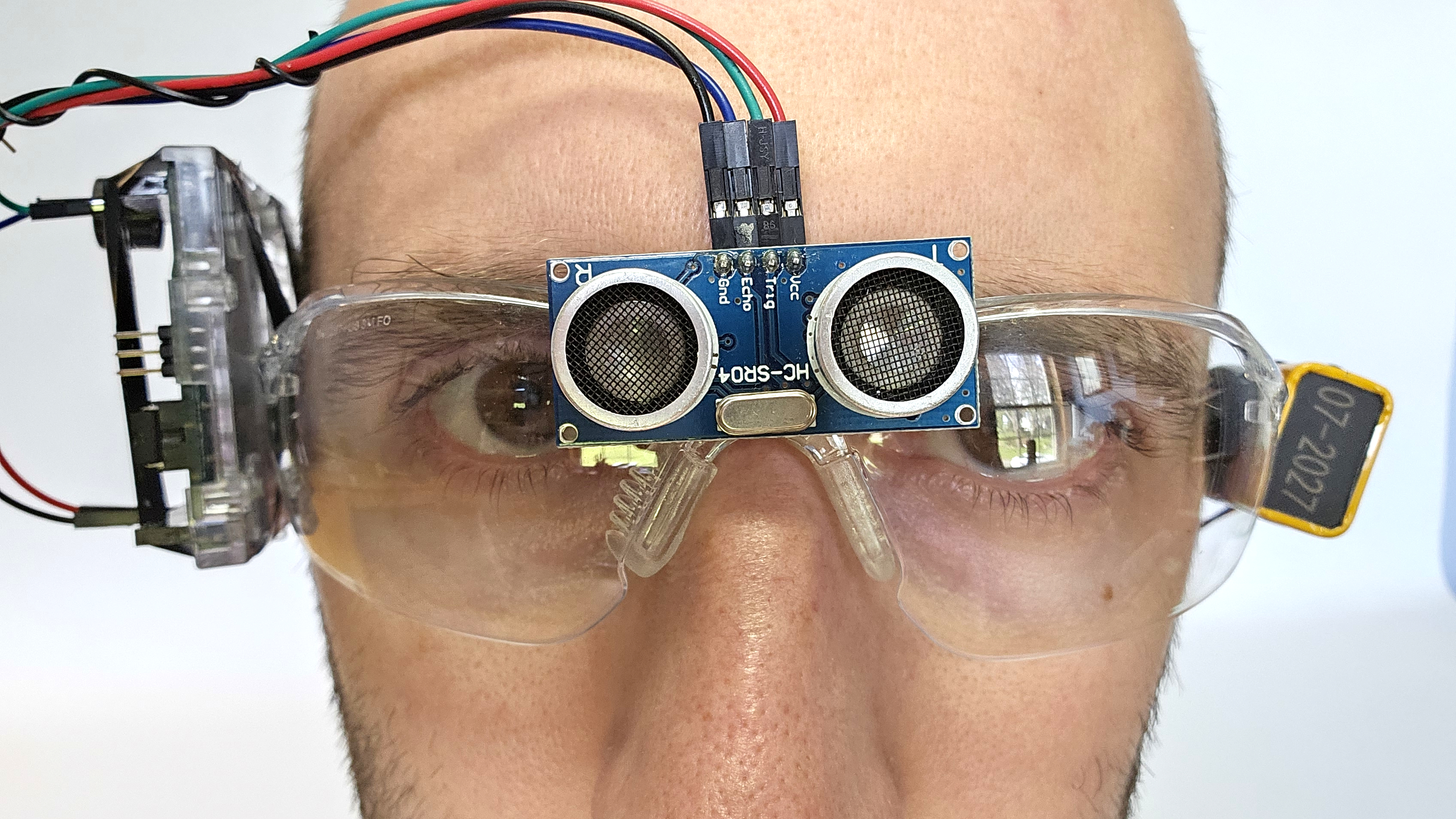How Smart Glasses for the Visually Impaired Are Revolutionizing Daily Life
Wiki Article
Discover Advanced Assistive Gadgets for Individuals With Aesthetic Impairments
The landscape of assistive innovation for individuals with aesthetic problems is advancing rapidly, presenting a range of innovative devices that enhance autonomy and engagement. From smart glasses that perfectly merge visual input with auditory assistance to advanced navigation applications that redefine spatial awareness, these devices are improving opportunities.Smart Glasses Innovations
Smart glasses represent a substantial development in assistive modern technology for individuals with aesthetic disabilities. Equipped with sensing units and video cameras, clever glasses can catch real-time aesthetic info, which is after that processed and shared to the individual via audio comments or haptic experiences.
Furthermore, advancements in expert system have better enhanced the abilities of smart glasses. Artificial intelligence algorithms can acknowledge faces, reviewed text, and determine objects, making them very useful tools for everyday jobs. Customers can receive acoustic signs that offer context regarding their setting, fostering self-reliance and self-confidence.
Additionally, the ergonomic design and light-weight nature of several smart glasses make them appropriate for long term usage, guaranteeing comfort while boosting capability. As these devices continue to develop, they hold the prospective to change the way individuals with visual disabilities experience their lives, linking the void in between accessibility and innovation. The continuous study and growth in this area pledge to increase the opportunities for clever glasses, making them an essential component of modern-day assistive gadgets.
Navigating Application and Equipment
Many navigating applications and devices have actually arised as necessary sources for people with visual disabilities, substantially enhancing their capability to pass through unknown atmospheres. These modern technologies utilize general practitioner capability, audio signs, and real-time information to supply individuals with exact navigation support.One popular example is the Aira app, which attaches customers to skilled representatives who can offer visual descriptions of environments and navigation assistance through a real-time video clip feed. This service enhances the user's spatial recognition and self-confidence while navigating. Another remarkable device is Seeing Eye GPS, which uses voice-guided navigation and sights, allowing users to accessibility vital details concerning their surroundings.

As technology remains to development, the advancement of more innovative navigating tools assures to additional empower people with aesthetic impairments, promoting smooth movement and integration right into diverse settings. Such technologies contribute in promoting an extra comprehensive culture.
Braille Technology Advancements
In recent times, innovations in Braille innovation have actually dramatically changed exactly how individuals with aesthetic problems access information and engage with the world around them. The development of portable Braille displays has revolutionized reading by permitting customers to attach wirelessly to tablet computers, computer systems, and mobile phones. These devices convert text right into Braille in real-time, making it possible for smooth communication with digital content.
Moreover, innovative Braille printers have actually arised, improving the production of tactile products. Modern embossers are quicker and much more efficient, enabling the quick production of Braille papers and academic materials. This performance minimizes the time and cost connected with creating Braille resources, making them more obtainable to colleges and organizations.
Furthermore, the assimilation of Braille with other modern technologies, such as man-made intelligence and artificial intelligence, has opened up brand-new methods for customized learning experiences. Voice acknowledgment and synthesis innovations can complement Braille, giving an inclusive approach to info dissemination.
As the need for inclusive education and learning and workplace settings grows, these technical developments play a crucial function in encouraging individuals with aesthetic impairments, guaranteeing they have equivalent access to details and opportunities in different aspects of life.
Wearable Tools for Independence
A growing variety of wearable devices is improving freedom for individuals with visual disabilities, supplying ingenious remedies that improve navigation and everyday living. Braille displays and notetakers. These gadgets make use of advanced innovations to give real-time feedback and support, promoting freedom in numerous environments
Wearable modern technology also includes smartwatches his comment is here that can be configured with accessibility functions, making it possible for users to receive notices, track their areas, or perhaps call for support with the touch of a switch. Some devices integrate man-made knowledge to assess the environment, offering sound descriptions of nearby objects or people.
Voice-Activated Assistive Solutions
Leveraging voice-activated assistive services has actually transformed the landscape of support for individuals with aesthetic problems, giving hands-free interaction and access to a variety of tasks. These technologies utilize natural language processing and artificial intelligence to enable users to carry out daily activities through simple voice commands.In addition, recent advancements in voice recognition accuracy have improved the user experience considerably, fitting diverse accents and speech patterns. This inclusivity makes sure that more individuals can benefit from these innovations, promoting a higher sense of autonomy.
Verdict
To conclude, the growth of innovative assistive tools significantly enhances the independence and lifestyle for people with aesthetic disabilities. Advancements such as wise glasses, navigation apps, Braille technology, wearable tools, and voice-activated remedies jointly promote a more inclusive setting. These modern technologies encourage individuals to navigate their surroundings with confidence and involve more fully with YOURURL.com the globe, inevitably advertising greater accessibility and equal chances for individuals facing aesthetic obstacles.The landscape of assistive innovation for individuals with aesthetic disabilities is developing rapidly, offering a variety of innovative tools that improve autonomy and involvement.Smart glasses stand for a significant innovation in assistive innovation for individuals with aesthetic disabilities. As these devices proceed to develop, they hold the possible to reinvent the way people with visual problems experience their everyday lives, linking the space in between availability and technology.In current years, developments in Braille modern technology have considerably transformed how people with aesthetic problems access details and engage with the globe around them. These technologies equip customers to navigate their environments with self-confidence and engage even more fully with the world, inevitably promoting higher accessibility and equal possibilities for individuals dealing with aesthetic obstacles.
Report this wiki page